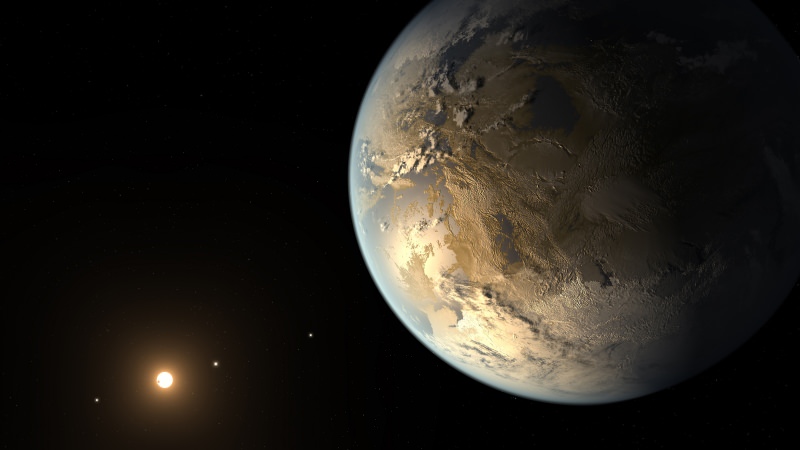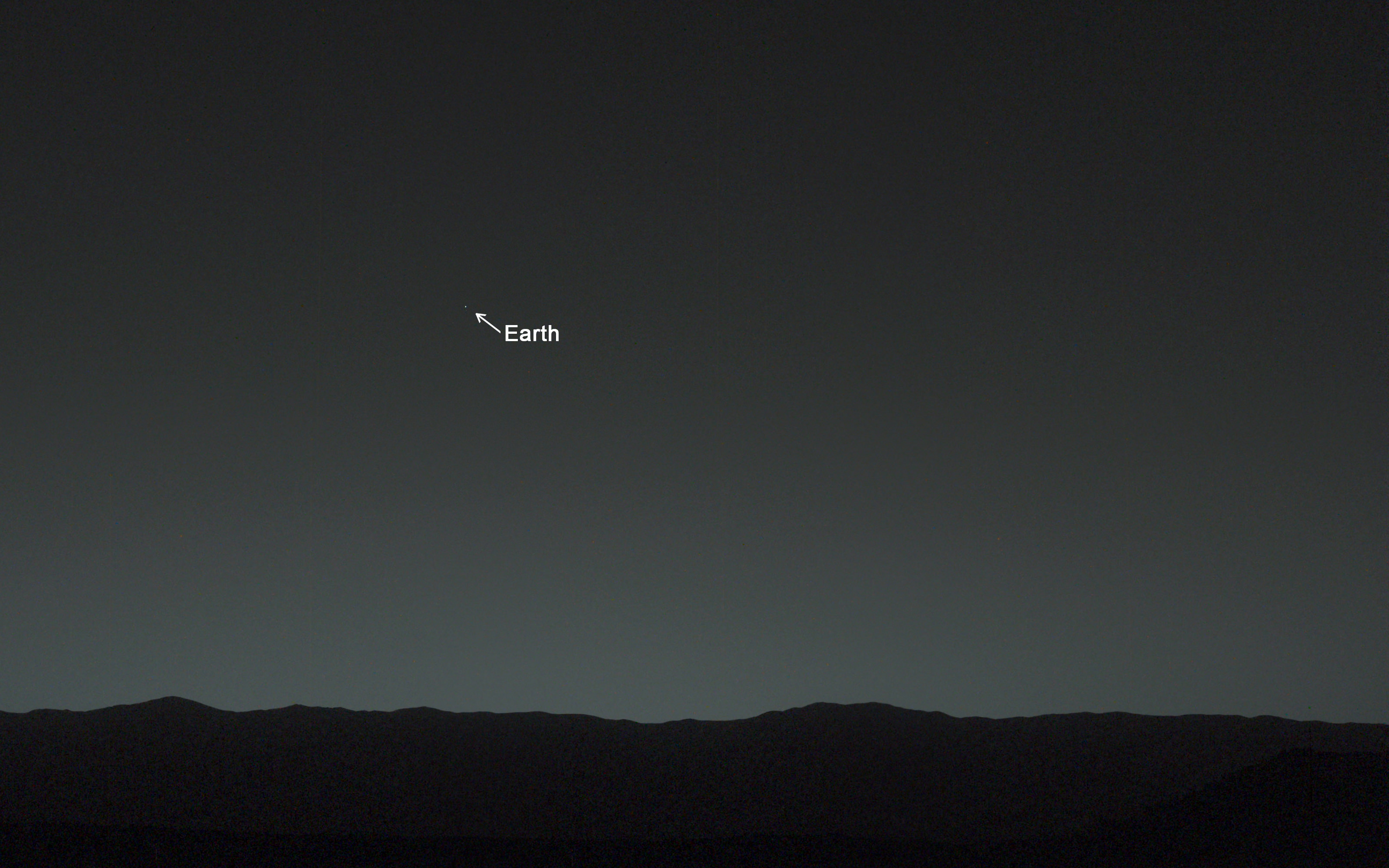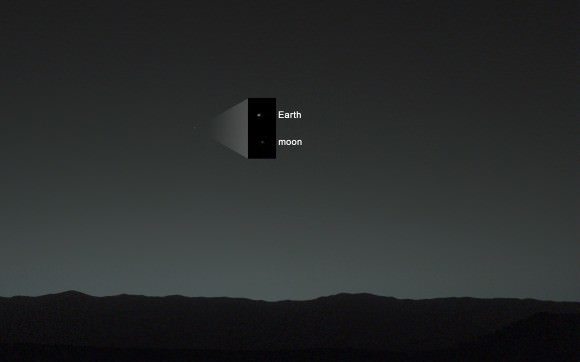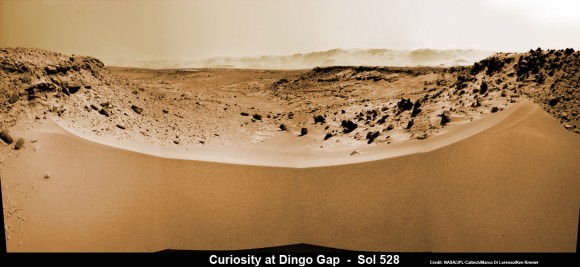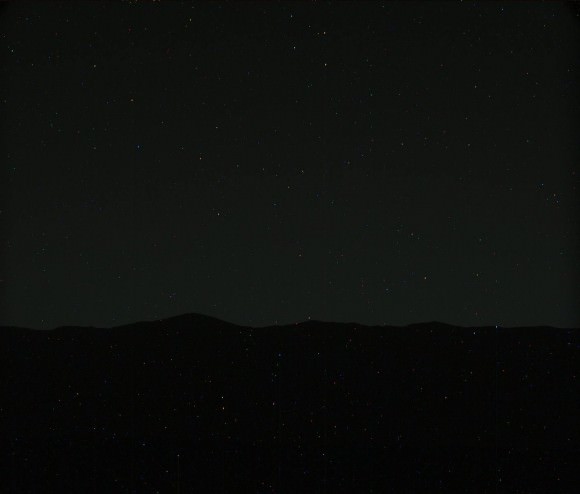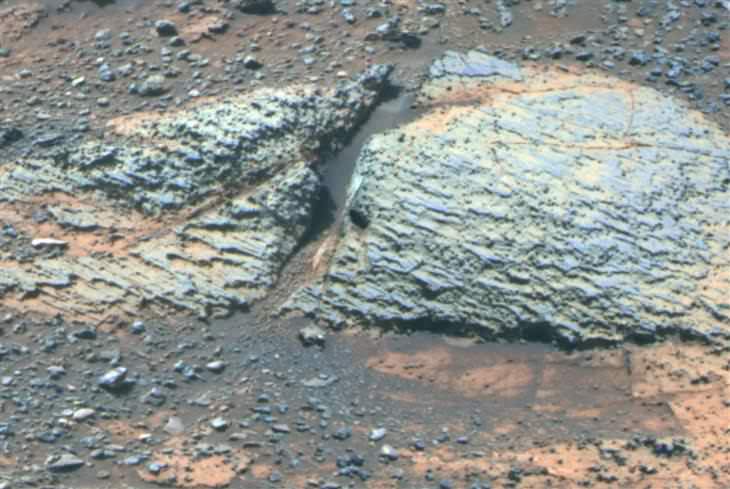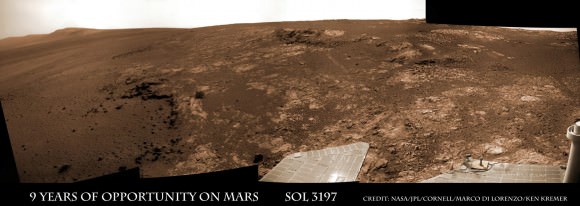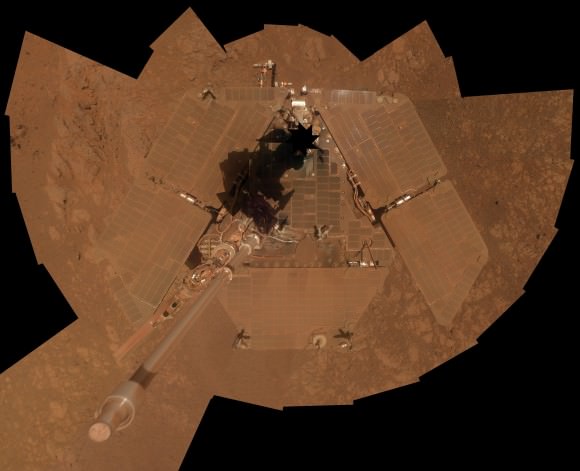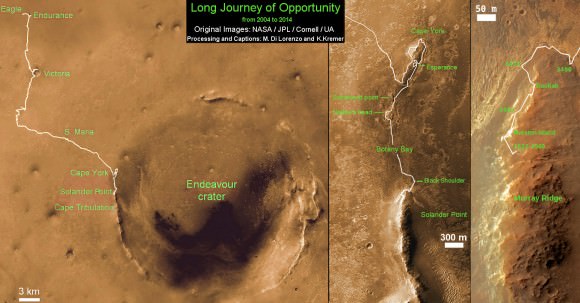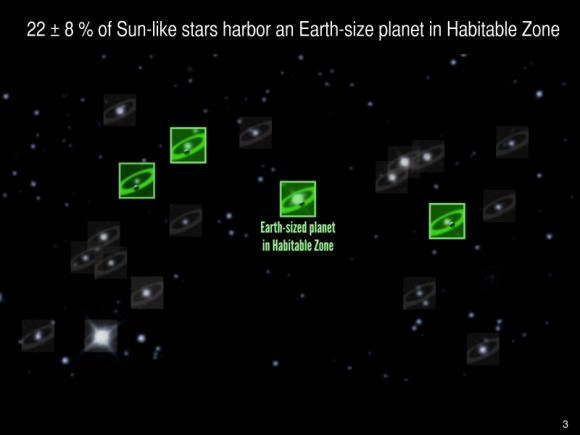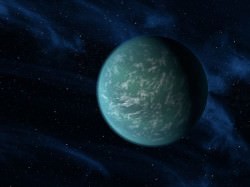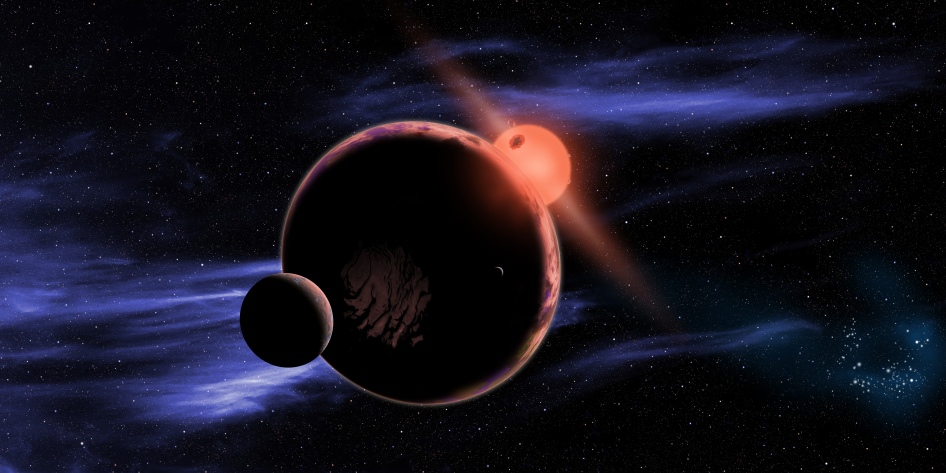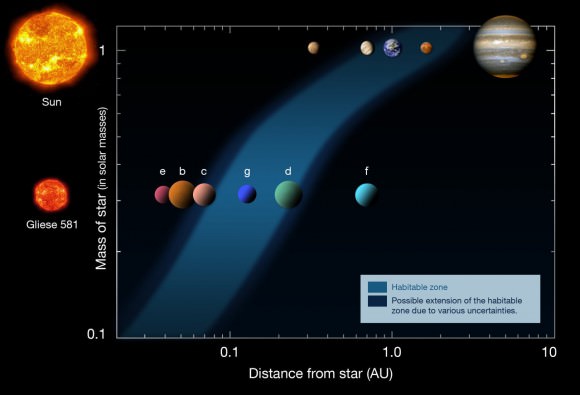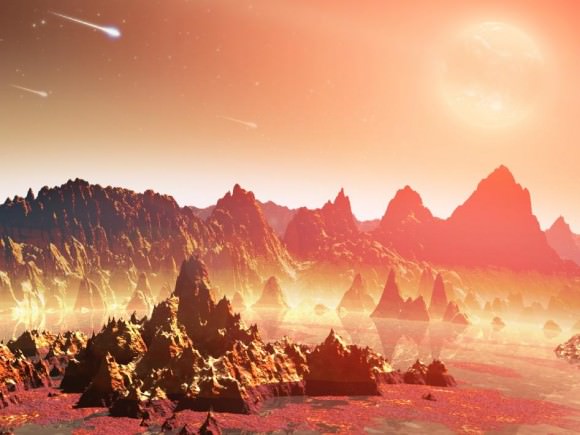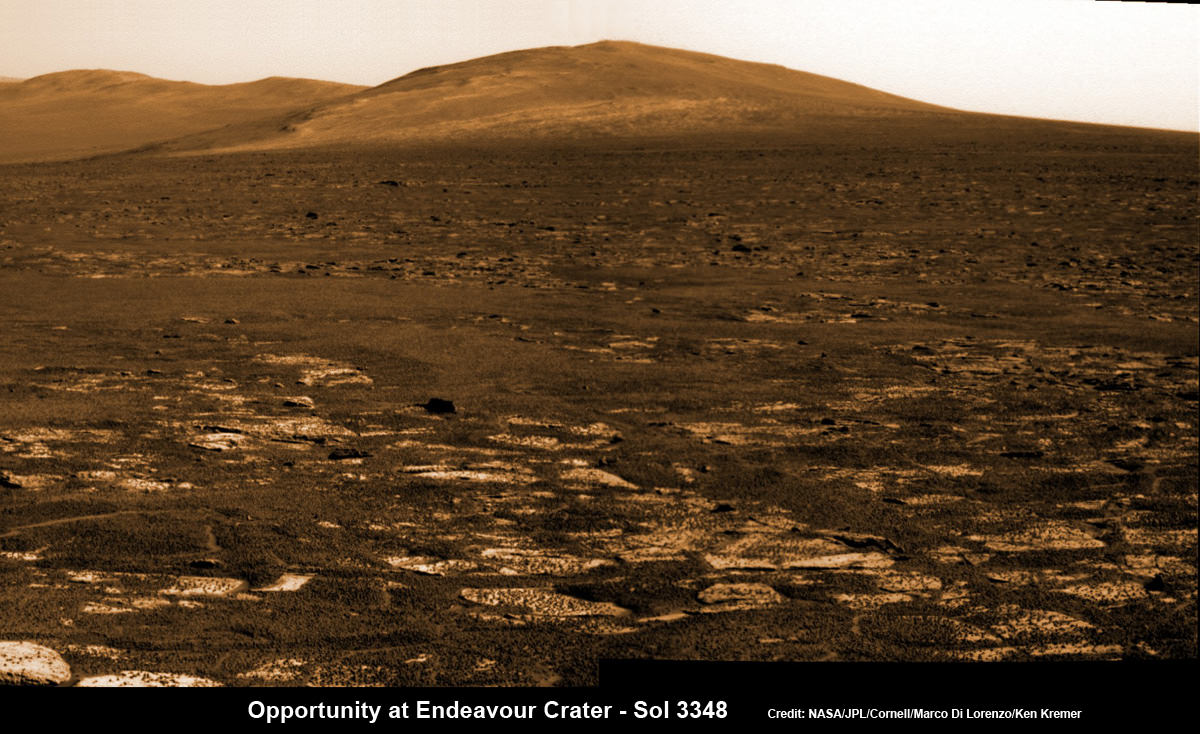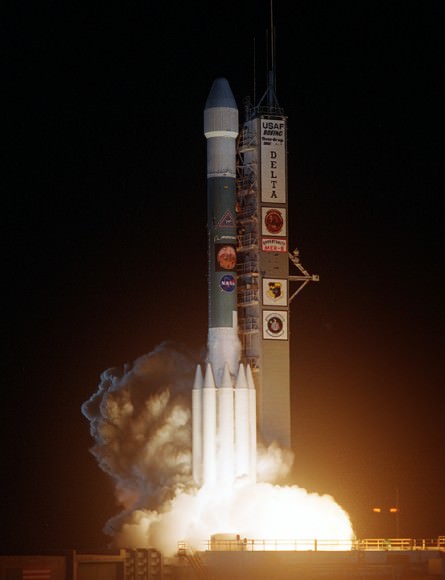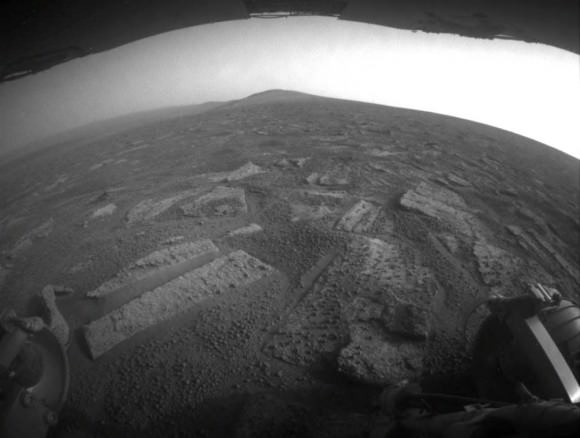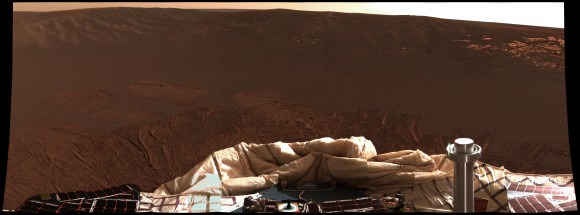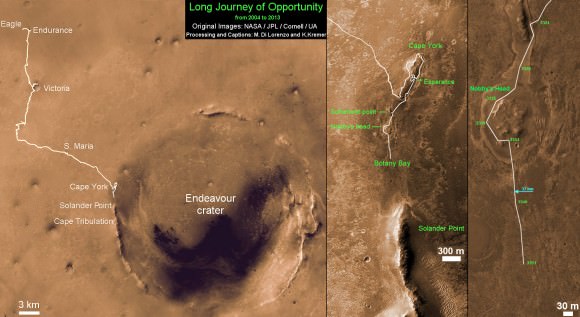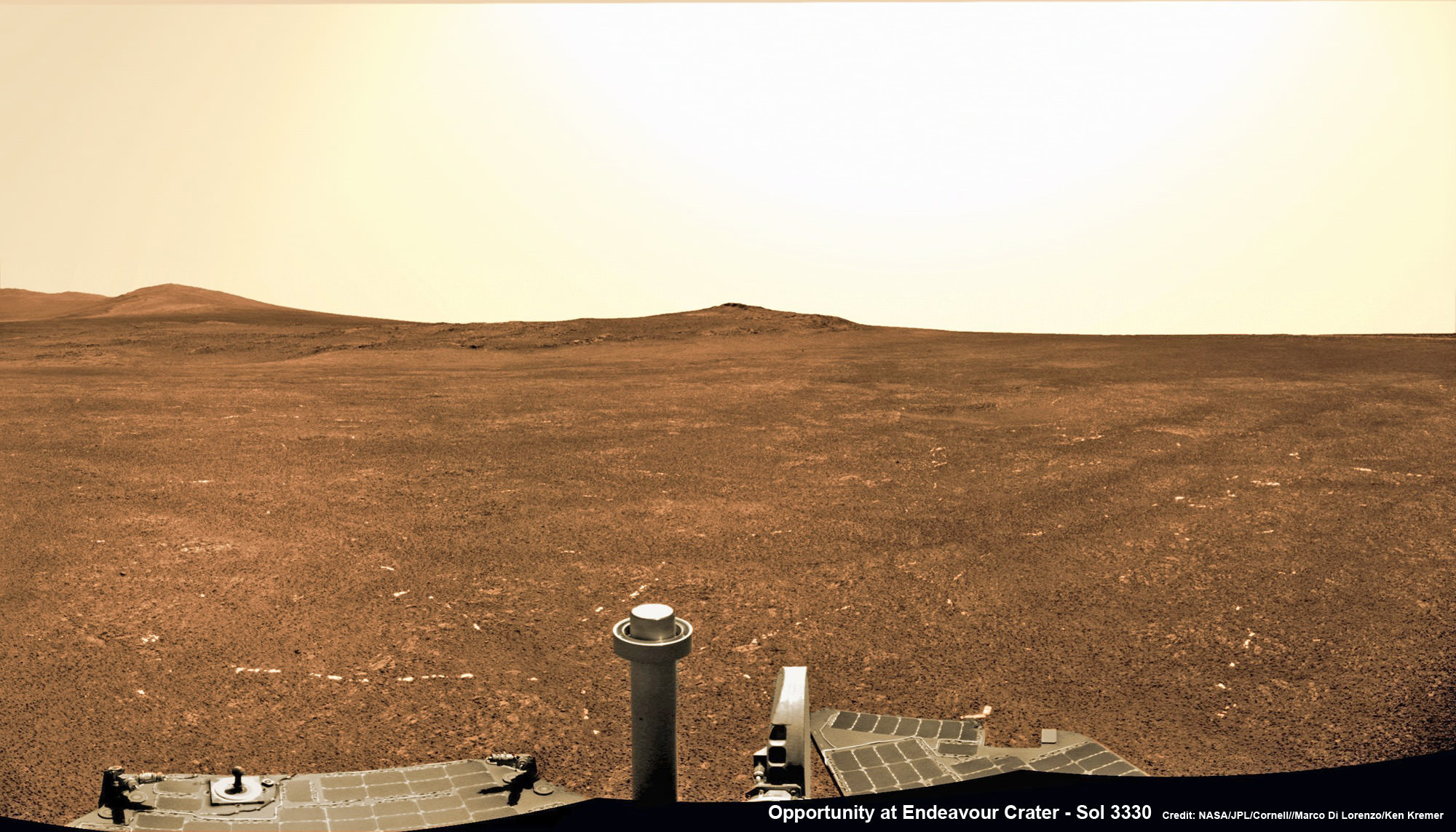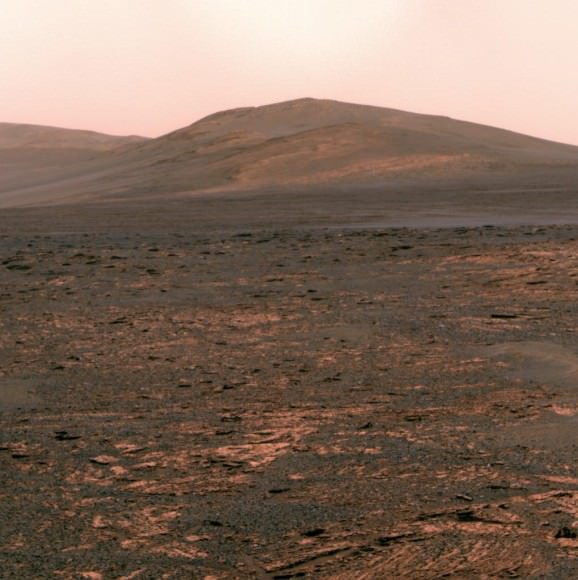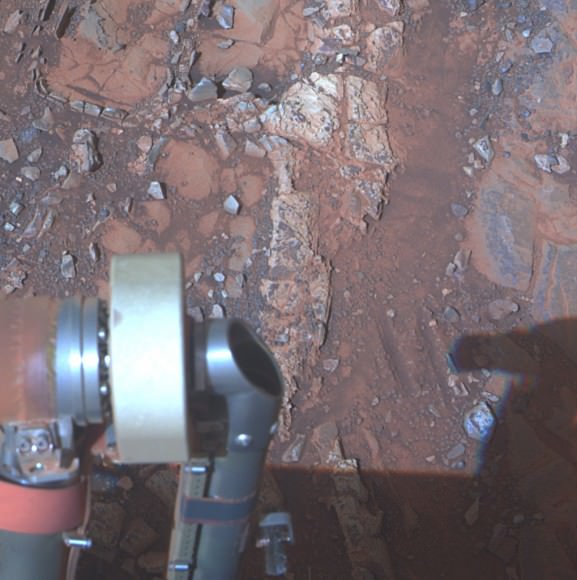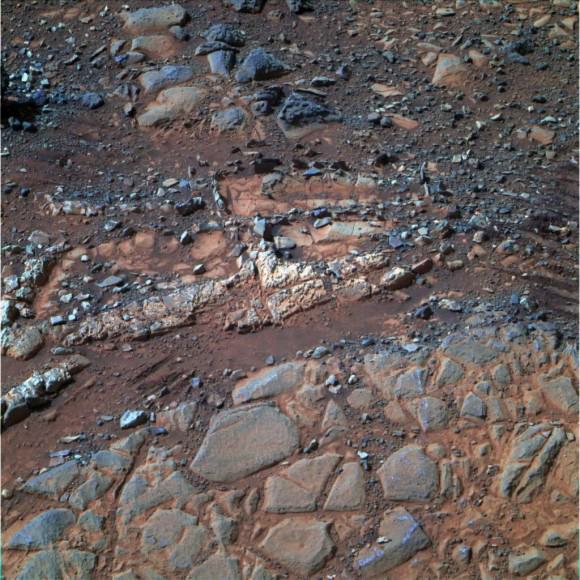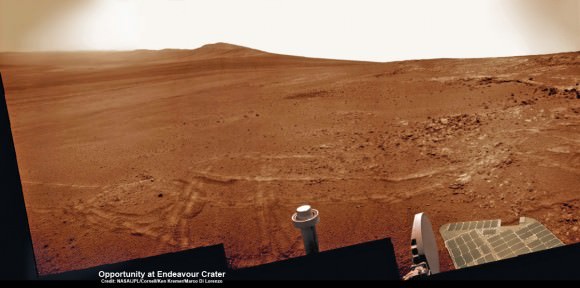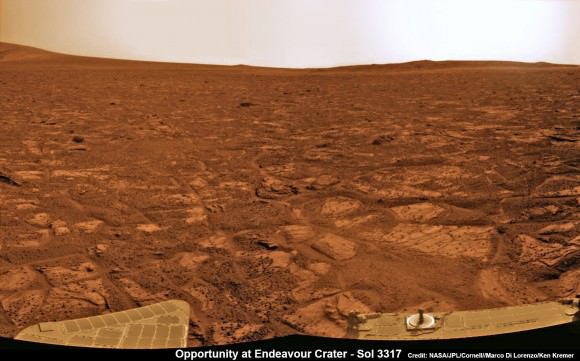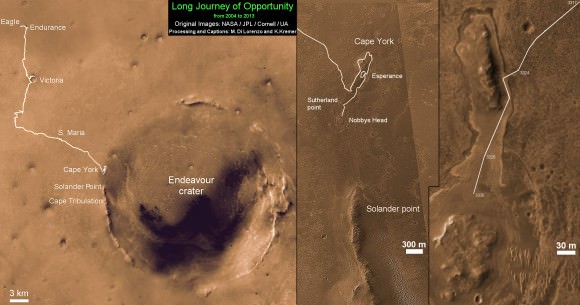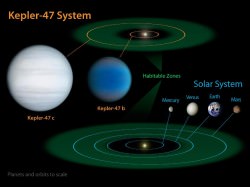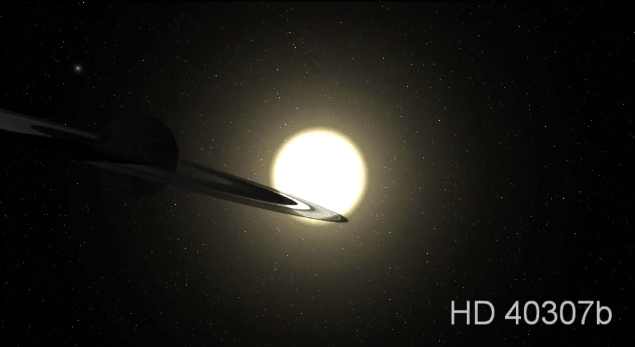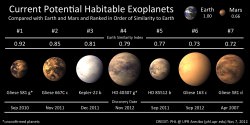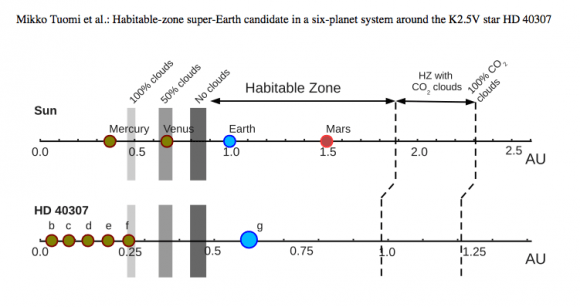It’s truly a “eureka” moment for Kepler scientists: the first rocky Earth-sized world has been found in a star’s habitable “Goldilocks” zone, the narrow belt where liquid water could readily exist on a planet’s surface without freezing solid or boiling away. And while it’s much too soon to tell if this really is a “twin Earth,” we can now be fairly confident that they do in fact exist.
The newly-confirmed extrasolar planet has been dubbed Kepler-186f. It is the fifth and outermost planet discovered orbiting the red dwarf star Kepler-186, located 490 light-years away. Kepler-186f completes one orbit around its star every 130 days, just within the outer edge of the system’s habitable zone.
The findings were made public today, April 17, during a teleconference hosted by NASA.
“This is the first definitive Earth-sized planet found in the habitable zone around another star,” says lead author Elisa Quintana of the SETI Institute at NASA Ames Research Center. “Finding such planets is a primary goal of the Kepler space telescope. The star is a main-sequence M-dwarf, a very common type. More than 70 percent of the hundreds of billions of stars in our galaxy are M-dwarfs.”

Unlike our Sun, which is a G-type yellow dwarf, M-dwarf stars (aka red dwarfs) are much smaller and dimmer. As a result their habitable zones are much more confined. But, being cooler stars, M-dwarfs have long lifespans, offering planets in their habitable zones — like Kepler-186f — potentially plenty of time to develop favorable conditions for life.
In addition, M-dwarfs are the most abundant stars in our galaxy; 7 out of 10 stars in the Milky Way are M-dwarfs, although most can’t be seen by the naked eye. Finding an Earth-sized planet orbiting one relatively nearby has enormous implications in the hunt for extraterrestrial life.
“M dwarfs are the most numerous stars,” said Quintana. “The first signs of other life in the galaxy may well come from planets orbiting an M dwarf.”
Read more: Earthlike Exoplanets Are All Around Us
Still, there are many more conditions on a planet that must be met for it to be actually habitable. But size, composition, and orbital radius are very important first steps.
“Some people call these habitable planets, which of course we have no idea if they are,” said Stephen Kane, an assistant professor of physics and astronomy at San Francisco State University in California. “We simply know that they are in the habitable zone, and that is the best place to start looking for habitable planets.”
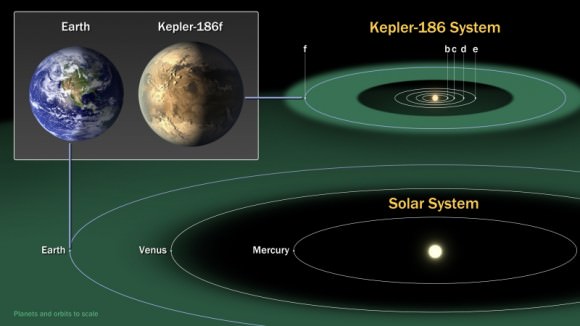
As far as the planetary system’s age is concerned — which relates to how long life could have potentially had to evolve on Kepler-186f’s surface — that’s hard to determine… especially with M-dwarf stars. Because they are so stable and long-lived, once they’re formed M-dwarfs essentially stay the same throughout their lifetimes.
“We know it’s probably older than a few billion years, but after that it’s very difficult to tell,” BAERI/Ames scientist Tom Barclay told Universe Today. “That’s the problem with M-dwarfs.”
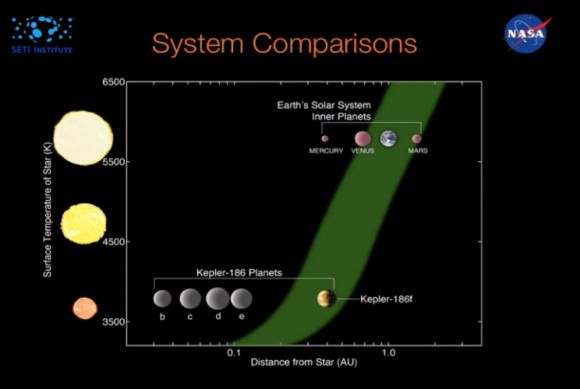
The exoplanet was discovered via the transit method used by NASA’s Kepler spacecraft, whereby stars’ brightnesses are continually monitored within a certain field of view. Any dips in luminance reveal the likely presence of a passing planet.
Because of its small size — just slightly over 1 Earth radius — and close proximity to its star, Kepler-186f can’t be observed directly with current telescope technology.
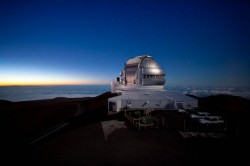
“However, what we can do is eliminate essentially all other possibilities so that the validity of these planets is really the only viable option,” said Steve Howell, Kepler project scientist and a co-author on the paper.
Using the latest advanced imaging capabilities of the Gemini North and Keck II observatories located atop Mauna Kea in Hawaii, astronomers were able to determine that the signals detected by Kepler were from a small orbiting planet and not something else, such as a background or companion star.
“The Keck and Gemini data are two key pieces of this puzzle,” Quintana said. “Without these complementary observations we wouldn’t have been able to confirm this Earth-sized planet.”
Kepler-186f joins the other 20 extrasolar worlds currently listed in the Habitable Exoplanets Catalog, maintained by the Planetary Habitability Laboratory at the University of Puerto Rico at Arecibo. To date 961 exoplanets have been confirmed through Kepler observations, with 1,696 total confirmed altogether. (Source)
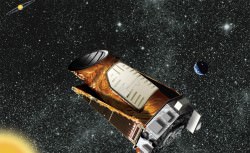
Read more: Mega Discovery! 715 Alien Planets Confirmed Using a New Trick on Old Kepler Data
Whether Kepler-186f actually resembles Earth or not, this discovery provides more information on the incredible variety of planetary systems to be found even in our little corner of the galaxy.
“The diversity of these exoplanets is one of the most exciting things about the field,” Kane said. “We’re trying to understand how common our solar system is, and the more diversity we see, the more it helps us to understand what the answer to that question really is.”
The SETI Institute’s Allen Telescope Array has surveyed the Kepler-186 system for any potential signals but so far none has been detected. Further observations are planned.
“Kepler-186f is special because we already know that a planet of its size and distance is capable of supporting life.”
– Elisa Quintana, research scientist, SETI Institute
The team’s paper, “An Earth-sized Planet in the Habitable Zone of a Cool Star” by Elisa V. Quintana et al., will be published in the April 18 issue of Science.
Learn more about the Kepler mission here, and read more about this discovery in NASA’s news release here and on the W.M. Keck website here.
Watch some video excerpts of team interviews and data renderings below:
Also, you can download the slides used in the NASA teleconference here.
Sources: San Francisco State University, Gemini Observatory, W.M. Keck Observatory, and SETI news releases

